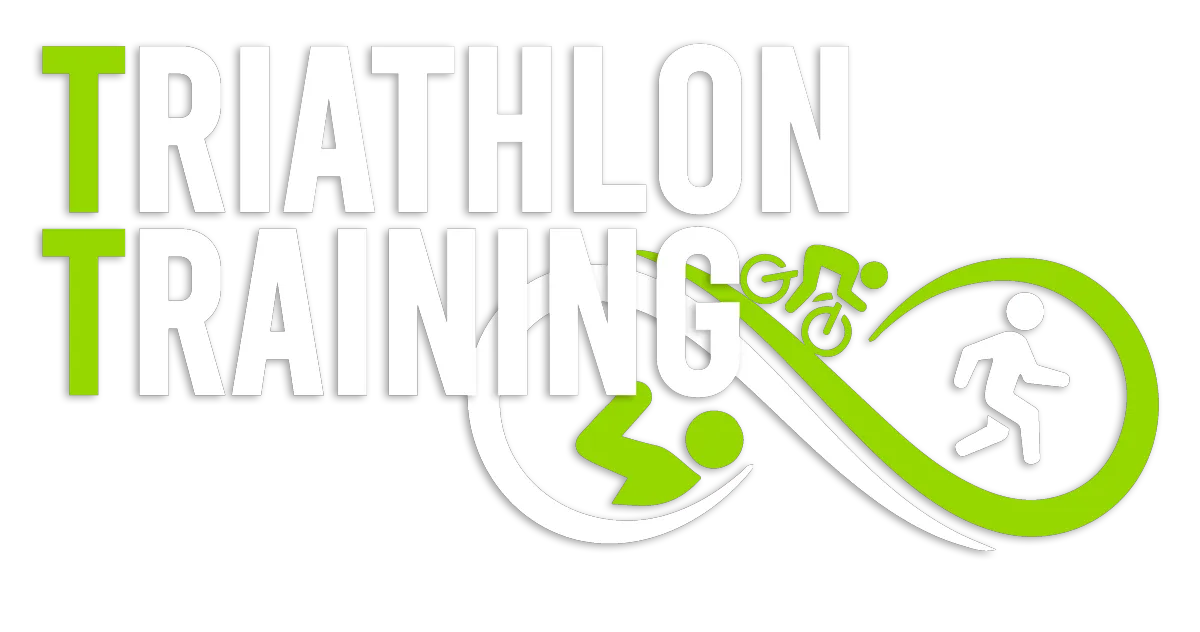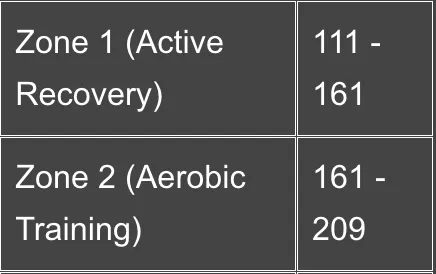
Bike benchmark test - why and how?
Establishing Baseline Performance
The FTP (Functional Threshold Power) test is designed to gauge your current cycling ability, particularly your power output and endurance. It measures the highest average power you can sustain for a set time. Knowing your FTP is the best way to understand your current ability level, and enables you to set achievable cycling goals and track progress.
Tailoring Training Zones
The FTP value is used to set specific training zones for cycling. These zones dictate the intensity of your cycling workouts. Training zones based on your FTP ensure that your cycling workouts are at the right intensity for you and what you are trying to achieve. This helps to maximise the effectiveness of your training, improving both endurance and speed.
Measuring Improvement
Repeating the FTP test periodically allows you to track improvements in your cycling performance. An increase in FTP indicates improved cycling fitness. Inputting the test results into your training plan settings ensures that sessions remain challenging and effective as your fitness level changes. Seeing improvements in your FTP can be highly motivating, showing tangible results from your training efforts.
The Bike benchmark session
The test consists of a warm up, and then one single interval, during which your average heart rate and power (if available) should be measured.
The benchmark interval is 20 minutes. This time is chosen because it's long enough to test endurance but short enough to maintain a higher intensity.
The interval should be a maximal effort.
Power to weight ratio is a key metric to monitor over time. You may be able to push more power at a higher weight, but that may not make you faster. Look at your power-to-weight ratio as a balancing act between being strong enough to produce high power while also being light enough to do so efficiently. We therefore recommend you record your weight on testing day, in order to monitor improvement over time, even if your weight fluctuates.

FTP and Training Zones Calculator
Heart Rate Zone Calculator
Your results
Once you have completed the benchmark test you will have the following results (equipment permitting).
Average power for the 20 minutes test
Average heart rate for the 20 minute test
Your bodyweight
What is functional threshold power (FTP)?
FTP is essentially the highest average power that a cyclist can maintain for about an hour. It's a benchmark measure of a cyclist's endurance and fitness level. However, since maintaining a maximum effort for a full hour is quite challenging and impractical for testing purposes, shorter tests (like the 20-minute effort) are commonly used to estimate FTP.
Calculating your FTP from your results
The FTP is typically estimated as 90-95% of the average power output from the 20-minute test. At Do3 we have found that 93% is appropriate for most athletes and that is what we use in our calculator.
In the calculator, enter the average power number from the 20 minute test and your bodyweight in kgs. You will be presented with two main results - FTP and Watts per kilogram (your power to weight ratio). These are the numbers that we need to aim to increase. Higher numbers here will mean faster cycling!
What do all the numbers mean Zone 1, 111-161 etc?
Don't worry, its not as complicated as it looks! These are your power training zones. Let's take a look at an example:

Here we have a couple of rows from the results table. Quite simply, your training session will give you instructions such as ride for 30mins in zone 2. You then aim to hold your power between 161 and 209. These zones can usually be programmed into a watch or bike computer to help you keep track.
Training in zones this way allows you to ensure your training sessions are effective and based exactly around you, your ability and your goals.
Heart rate zones
Heart rate training zones are useful as a backup if you don't have access to power or as a complimentary tool to sit alongside your power numbers.
Your heart reacts to the effort level you are exerting and it can therefore be used in training too. Unlike power however, heart rate is slower to measure effort changes and is also affected by other things like temperature, hydration levels and more..
To calculate your heart rate zones, simply enter your average heart rate into the second calculator and you will be presented with your zones in a similar format to power.
How do I measure things and keep in zone?
Power meters - You will, ideally, need to have a way of measuring things like power, heart rate and cadence. You can get power meters (either power pedals or power cranks) for your bike you would need to buy a bike power meter and some indoor bike trainers (aka turbo trainers), have the ability to measure power too. Just be careful if you use both methods as they sometimes give different results. When testing and training, the main thing is you are consistent with how you measure and what you use to guide your training. As well as the power meter, you will also need a device to display the information such as a bike computer or watch. Brands like Garmin and Wahoo are the usual go-tos here.
Heart rate monitors - A heart rate monitor is usually a strap worn on the chest or wrist. It'll then be paired with a watch or bike computer to display and record the data. There are lot of brands that supply heart rate monitors but its worth sticking with the same brand/product that you are using to display power. Again, Garmin are very popular.
If you are a Do3 coached athlete or on one of our training plans, make sure your device can be uploaded to TrainingPeaks for review. For info on our great plans - click here!